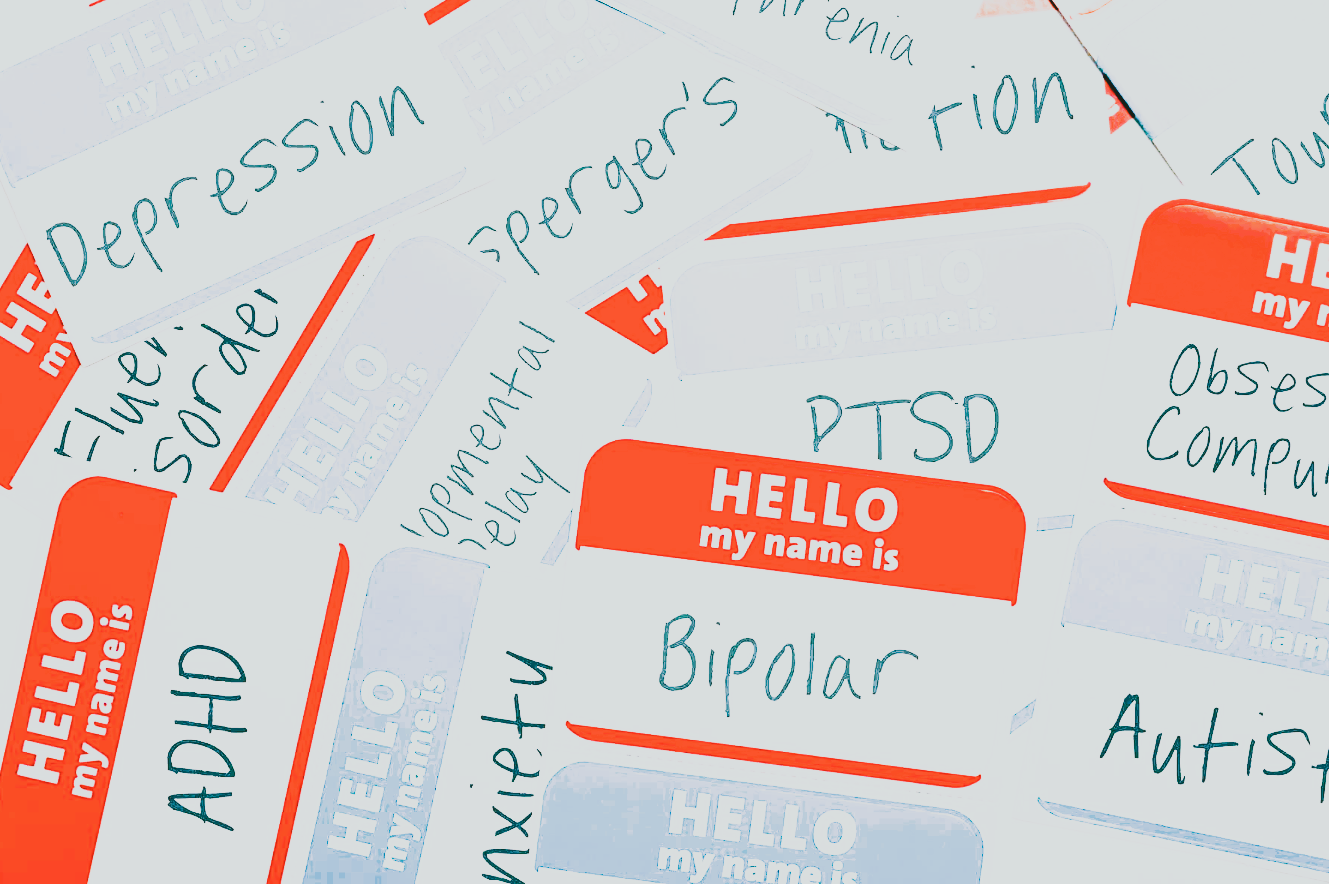The Self
Ever wonder why you decided to get married or why you want to get married? I wonder how many of us ask ourselves these questions? What I’ve come to learn as a couples’ therapist is, it is often our fundamental belief system (our values and conditioning) that are different, and this is OK. What doesn’t work however, is when two people choose to come together and build a life with the hope or expectation that these two differing belief systems should automatically join forces, without any clash and be the start of a harmonious and easy marriage. This is never the case. This hope or expectation and conviction to one’s own belief system is often the catalyst for conflict in relationships. The statement that is often expressed by couples is that “We just don’t get along.” “We don’t understand each other.” “We are just so different.” Yes, of course you are. You are two separate entities that are coming together with a misconception and belief system that differences will work themselves out miraculously. A further unrealistic belief, that the other partner will or should adjust, conform with full acceptance in the name of love. This can happen and does happen, often at the cost of the conforming partner feeling a tremendous loss of their identity. Sound familiar? If yes, you are not alone.
Asking these following questions can mitigate or at least soften some of the conflict and challenges when you do decide to tie the knot. If anything, exploring and being curious about marriage and what it means will help you better understand your own belief system along with your partners. Hopefully this can help eliminate the not so pleasant surprises down your path of marriage.
1) What kind of wedding do you want? (yes, this is important, and it is one day) More important question to ask: what are your intentions as a couple?
It’s wonderful to have a beautiful, picturesque wedding, having your loved ones there to celebrate your union. Having your values and your intentions as a couple being reflected on your wedding day is equally important.
2) Why is it important for you to get married?
Is time ticking? Are you feeling societal pressures? Want companionship? Having clarity over your intentions helps you make sound and responsive decisions rather than reactive ones. Asking this question can help you understand your partner and whether your intentions for marriage are aligned.
3) What are your expectations for marriage?
What is your idea of marriage? How do you see your marriage unfold? This may look very different from the expectations of your partner and that of families. Asking this question can help distinguish your true wants and desires separate from others. It also provides an opportunity for you and your partner to acknowledge these external pressures and navigate them together.
4) How will you face life’s stressors in your marriage?
Marriage is something new and always changing. When there is any kind of change, there is loss. By acknowledging and normalizing this loss within and between, a beautiful change can help soften the grief experienced. It can bring empathy and understanding into your conversations as to the ways in which you have dealt with challenges in your life as an individual and now, how to face some life challenges as a couple.
5) How will you protect your own individuality in your togetherness?
This is part of the grief that is often experienced. When we get married, it feels sometimes impossible to protect and hold on to our own individual selves. It can often feel like an internal battle and more often show up in conflict with our partners. There is often a sense of push and pull in marriage. Having the discussion about a sense of self, individual hobbies and interests and your own personal growth is not only helpful, but necessary to maintain a long-lasting relationship.
6) What’s your vision and commitment to your future together?
Asking these two questions will help you understand if your idea of marriage and commitment to the marriage are aligned. Marriage is work. It’s the commitment to the work, process and your journey together that counts.
Take the time to ask yourself why you want to get married or why you did get married? These questions and the experiences in answering them can have a tremendous impact on your marriage and its longevity. Awareness of ourselves, our wants, desires and needs start with self-reflection. Followed by communicating these thoughts and feelings to our partners in hopes to create a stronger bond. The “why’s” aren’t always important to figure out, but when it comes to marriage it helps to understand the motivations behind “the act of love.” Loving each other is beautiful. However, understanding and accepting each other is the key ingredient to a forever ever.
Read more about relationships here.
Authored by Kavita Patel RSW, MSW/Psychotherapist & Co-Founder of ReLearning Human.
What are diagnostic labels and why do we use them?
As humans, we label ourselves to create a sense of identity and to make sense of our experience. Labels can help us understand the various facets of ourselves in relation to others and may offer a sense of belonging and community. Labels describe and simplify parts of our identity and might include personality traits, profession, race, religion, gender, sexual orientation and many more.
Diagnostic labels were created to cluster experiences in order to streamline treatment. Anxiety and Panic Disorder, Depression, Bipolar, Schizophrenia, Obsessive-Compulsive Disorder, Borderline Personality Disorder, Narcissistic Personality Disorder are all labels found in the DSM (Diagnostic and Statistical Manual of Mental Disorders).
Understanding how you experience the label
Diagnosis is the first step of many in managing our labels – whether the labels are lazy and anxious with ADHD or Angry Borderline with Major Depressive Disorder – we need to hone in on how we see the label or diagnosis impacting our lives.
For the purpose of this, I’m going to use the Lazy ADHD folk as an example. If you align with a different label like the ones above, you can insert that label and look up a list of symptoms and experiences that others have noted and see which ones you align with, and which ones you don’t.
How I see the Lazy ADHD showing up in my life:
Shame (hello label of Lazy)
Perfectionism
Procrastination
Overwhelm with larger tasks
Interrupting conversations
Hyperfocus
The diagnosis or label of ADHD is not the issue. The issue is that too many people stop there because they lack the support to form a path forward to manage their labels (also the stigma, but I will leave that for another post). There might also be a sense of helplessness that comes with labels. Please understand that regardless of the label you have received from yourself or others, you can (generally) change your brain. Yes, we might need some help to make changes and there are people, places and things to unstick yourself when you are stuck.
How to move forward
Being aware of how your labels show up in your daily life and relationships is an integral step of acceptance and moving forward with the label. Once you develop a sense of understanding awareness, ask yourself the following:
- What part of the ADHD neuro-spicy brain gets in the way of me living the life I want?
- Are there parts of my brain I want to work on or change?
- What parts of my brain do I not want to change?
- What kind of support is realistic financially? Time and capacity-wise? (self-help, group support, therapy, course work, etc.)
Having a neuro-spicy brain is awesome and just like having a neurotypical brain, there are likely areas I can improve upon based on the above list, and just like neurotypicals, I likely have skill deficits I can work on. Making a list of the places you are getting stuck and what support is available to you can be a catalyst in moving forward.
Feeling motivated to start managing your label in a different way? Email
co*****@re*************.com
and we will do our best to find the next step for you.
If you want to learn more about the process of connecting with our therapists and starting therapy, read Getting Started here.
Authored by Annie Amirault MSW, RSW, Psychotherapist & Co-founder of Relearning Human.
That’s what your mind tells you and yet here you are, feeling the way that you do. What do you want to do about this?
Maybe you have heard or even tried saying some of the following:
“Other people have it worse”
“There is no reason for me to feel this way”
“This doesn’t matter”
“I shouldn’t feel like this”
“This isn’t a big deal”
“I’m too sensitive”
Sound familiar?
If so, you have two options about how to move forward:
- You can ignore your experience or try to gaslight them away by denying they exist and are real
- You can accept that something activated or triggered you and manage it in a way that doesn’t make you feel like s***, piss you off or numb you out
If you’re in the self-gaslighting phase that’s OK. A lot of folks we work with have a pattern of denying their emotional experience. As therapists we even do it ourselves sometimes! You are not alone in not wanting to feel challenging and big emotions. There are a number of reasons that your knee jerk response is to deny your emotional reality. Here are a few reasons why you might be gaslighting yourself:
- Social Expectations: Society holds certain expectations on how you ‘should’ feel or behave in certain situations. These expectations often lead to feelings of guilt or shame if your emotions don’t align with these expectations.
- Internalized Beliefs: You have been taught that certain emotions are unacceptable or bad (anyone else put in time out when they were a kid?). This can lead to self-criticism and judgment when you experience these normal human emotions.
- Fear of Judgment & Self-Judgement: You might worry about how others will judge us for feeling the way that you do. This can lead you to think that you shouldn’t be feeling a certain way.
I could write that it’s easy and simple and follow these six steps and you will overcome your overwhelm, manage your anger and make everyone in your life happy…. But I won’t bullshit you.
Often we learn how to act when we experience emotions somewhere and it can be challenging to break out of these patterns. And therapy can help you figure out where you are getting stuck and how to move forward.
If you aren’t ready for therapy yet, you can start by naming your reality without judgment (the non-judgement part is key):
“I feel pissed off”
“I’m overwhelmed”
“I am feeling X”
Once you have given the feeling a name or identified that you are feeling something (instead of running around slamming cupboards or drinking a bottle of wine) see if you can really picture the emotions in your body using ReLearning Human’s emotion mapping tool : https://relearninghuman.com/resources)
This work isn’t easy and it is the foundation for all other awareness and therapeutic work. It’s tough, but you, you are tougher. ReLearning Human is here if you need us.
Authored by Annie Amirault, RSW and co-founder of ReLearning Human





